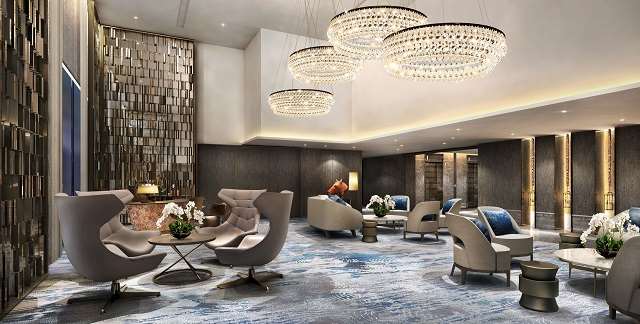Central region non-landed residential unit prices rise in July
In July 2016, non-landed residential units in the central region rose 0.7 per cent, after rising 0.9 per cent in the previous month. Condominium prices rose 0.2 per cent as a whole during July 2016, according to the National University of Singapore's (NUS) Singapore Residential Price Index (SRPI). Prices in the non-central region contracted 0.2 per cent during the same period.
Fitch: private property prices expected to dip further, but Singapore banks remain strong

According to ratings agency Fitch, banks in Singapore are capable of withstanding a downturn on the scale of the 1997-1998 Asian Financial Crisis, which saw a 45 per cent dive in prices of private homes. Fitch believes that Singapore banks will not be harshly affected by extreme dips in property prices as the banks have strong, disciplined underwriting standards, and their loan-loss reserve coverage is healthy at 113 per cent as of end-June this year. Fitch added that prices of private homes in Singapore will see a further dip as with a flood of new homes. The excess supply of private homes has led to an 11-year high vacancy rate of 10.4 per cent.
URA launches mixed development site, White site at Central Boulevard
A white site at Central Boulevard, a 1.09 hectare, 99-year leasehold plot of land designated mainly for office development integrated with residential, hotel or serviced apartments, has been launched for public tender by the Urban Redevelopment Authority (URA). Analysts expect the site, on the 2H 2016 Reserve list under the Government Land Sales Programme, to attract interest from developers even though there is a glut in office space. According to URA, the public tender has been put up after a developer submitted an application for the site with commitment of a minimum S$1,536,087,718 bid. This site has a maximum Gross Floor Area (GFA) of 141,294 sqm. A minimum of 100,000 sqm has to be dedicated to office spaces, and a maximum of 5,000 sqm can be allocated for retail, including shops and restaurants. The balance GFA can be allocated for additional office space, hotel, serviced apartments or for other residential uses. Only bids matching or higher than the minimum bid will be considered for the tender. Ms Christine Li, Director of Research at Cushman & Wakefield, expects bids for this site to range between S$1.54 billion and S$1.8 billion. The tender exercise closes at 12 noon, 8 November 2016.
MND revises Development Charges

The Ministry of National Development has amended the development charge (DC) rates for a six-month period of 1 September 2016 to 28 February 2017, following a half-yearly review conducted on the advice of the Chief Valuer. DC rates for Use Groups A (Commercial), B2 (Residential (non-landed)), and C (Hotel/ Hospital) have been raised, while there are no changes for DC rates for Use Groups B1 (Residential (landed)), D (Industry), E (Place of Worship/Civic and Community Institution, F, G and H. For Use Group A (Commercial), DC rates have risen by an average of 0.6 per cent. Out of 118 sectors, DC rates for 14 have increased between four per cent and five per cent. The remaining 104 sectors remain unchanged. For sectors one to six, as well as sector 11, which includes Rochor Road, Temasek Boulevard, Raffles Boulevard, Raffles Place and Marina Bay Financial Centre among others, the increment of DC rates was largest at five per cent.DC rates for Use Group B2 (Residential (non-landed)) increased by an average of 2.7 per cent, with the greatest increase of 12 per cent seen in sector 48, which includes River Valley Road, Martin Road, Martin Place as well as Mohamed Sultan Road among others. The revised DC will be implemented starting 1st September 2016, and will apply for cases which have been granted Provisional Permission (PP) or second and subsequent extension to the PP starting from or after 1st September.
Former HUDC Raintree Gardens put up for collective sale
Former Housing and Urban Development Company (HUDC) development Raintree Gardens, a river-fronting 175-unit housing development located in Potong Pasir, has been put up for collective sale, with a minimum asking price of S$315 million. Analysts believe this site will see strong interest by developers. Raintree Garden, with a land area of 201,405 sq ft, is a project consisting of two 12-storey mansionette blocks and one seven-storey mansionette block. The development is within close proximity of Potong Pasir MRT Station, and four stops from Dhoby Ghaut MRT Station. Mr Desmond Sim, Head of CBRE Research in Singapore and Southeast Asia told TODAY that while the purchasing process for Raintree Gardens under collective sale will be more tedious, it is a good alternate option to GLS. He added that the S$315 million quantum is not excessive, and expects to see big caps as well as joint ventures placing their bids. Mr Sim added that he believes the collective sale of Raintree gardens will be successful, following in the footsteps in the successful sale of Shunfu Ville.

Global Property News
Median US home prices rise for 48th consecutive month in July
According to data provided by Zillow, a real estate marketplace, the median price of homes across the US has increased for the 48th consecutive month. According to Zillow's July 2016 Real Estate Market Report, the median price rose to US$187,300 in July 2016, a 5.1 per cent month-on-month increase. The greatest price increases among the 35 largest metros came from Portland Oregon, up 15 per cent, followed by Dallas, Texas, up 11.9 per cent, and Denver, Colorado, up 11.3 per cent. While the price of homes has been rising since August 2012, it is still 4.7 per cent lower compared to the median peak of US$196,600 in April 2007. According to Chief Economist at Zillow, Dr Syenja Gudell, the rise in residential property prices over the past four years does not provide a clear picture of region specific trends over the past few months. Property markets in most regions were predominantly driven by a strong labour market compounded by limited supply. Other markets, such as the popular Pacific Northwest, are seeing an increase in jobs, attracting more residents, driving demand, adding to pressure on purchase and rental prices. Washington and New York have seen the slowest price growth. According to Managing Director at S&P Dow Jones Indices, David Blitzer, the housing sector as a whole is "in good shape", with the real estate industry and consumer spending aiding economic growth as business capital spending remains sluggish. According to a Reuters poll taken between 15 and 30 August, residential property prices in the US are expected to rise 5.2 per cent in 2016, more than twice the rate of inflation for the year, and expected to grow 4.6 per cent in 2017.
Post-Brexit: no sign of economic trouble for Britain; future economy remains uncertain

Residential property prices in Britain saw the highest growth in five months in August, increasing 1.1 per cent to an average of £206,145, according to Nationwide Building Society (NBS). Robert Gardner, NBS Chief Economist said to Bloomberg, the increase in property prices is a result of declining demand being matched by the market's supply-side weakness. Britain's chronic issues in residential housing supply has led to prices increasing even as demand is weak.While economists believe it is still premature to understand how Britain will deal with uncertainty arising from Brexit, more believe that the country can steer away from recession - a situation thought to be unlikely merely weeks ago. Initial figures show that Britain's economy is performing better than expected: retailers have reported that August saw their strongest sales in half a year, in part influenced by the weaker pound, which attracted more foreign buyers; gross domestic product (GDP) increased 2.2 per cent year-on-year in Q2 2016. Furthermore, approximately half of mortgage borrowers can expect to benefit from the interest rate cut by Bank of England on 4th August, and the equity markets of the country have risen. However, economists remain concerned that the current market performance might not continue in the longer-term as Britain's exit from the European Union leaves the country to deal with years of uncertainty. Chief Economist at Berenberg Bank, Holger Schmieding, told Reuters that Britain's ability to avoid a recession does not indicate much about its future. According to Charles Goodhart, Professor at the London School of Economics, there is no telling whether the future of Britain's economy will be alright.
Investors prefer offices in Australia as opposed to investment grade bonds

According to Real Capital Analytics, H1 2016 transactions of commercial property in Australia plunged 57 per cent to US$7.5 billion, compared to the same time period in 2015. This is the largest fall since H1 2008, and one of the steepest drop-outs of the top five investment markets of Asia. Australian offices are attractive to foreign investors as yields are approximately twice those in countries like Singapore and Hong Kong. London-based Senior Director of Analytics for APAC at Real Capital, said owners are reluctant to part with their high yielding assets such as Australian offices due to the current low-return environment. Australia is seen as a safe haven for investments due to the availability of many quality assets that can provide returns in a low-interest climate. According to Real Capital, overseas investors were responsible for 43 per cent of purchases in Australia during H1 2016, as compared to the 17 per cent of overseas investors in Japan and 28 per cent in China. Hong Kong and Singapore are the only countries out of the five largest markets with a higher ratio of foreign acquisitions. Priyaranjan Kumar, Regional Executive Director of Capital Markets for Asia Pacific at property consultant Cushman & Wakefield, told Bloomberg that investment in Australia's office sector is desirable as it provides long-term and stable yields by quality tenants. Furthermore, leases in Australia usually range between seven and 10 years, making it a stable long-term investment.
Singapore is Vietnam's third largest investor with FDI into Vietnam amounting nearly US$38 billion
To date, six Vietnam-Singapore Industrial Park (VSIP) projects implemented by Vietnam-Singapore Industrial Park Joint Venture Limited Company have brought in S$9 billion worth of foreign direct investment (FDI), and created 170,000 jobs. Other Singapore-based investors in Vietnam include Mapletree, which purchased the Kumho Asiana Plaza Saigon in district 1 of Ho Chi Minh City. Mapletree's assets in Vietnam are worth more than S$1 billion. Chief Executive Officer of Mapletree, Hiew Yoon Khong, said that the company will continue sourcing for completed projects of high-quality in Ho Chi Minh City, and also invest in office developments, commercial centres, as well as residential property such as apartments and serviced apartment buildings with local partners. Keppel Land also purchased a 40 per cent stake of Empire City project in district 2 for S$127.97 million. According to Singapore's President Dr Tony Tan, with cumulative Foreign Direct Investment (FDI) into Vietnam at around S$38 billion spanning more than 1,600 projects from ports to logistics, healthcare and real estate, Singapore is the third-biggest investor in Vietnam
For more District Guides, you can head over to iProperty.com Singapore.




 Source: BS Capital
Source: BS Capital
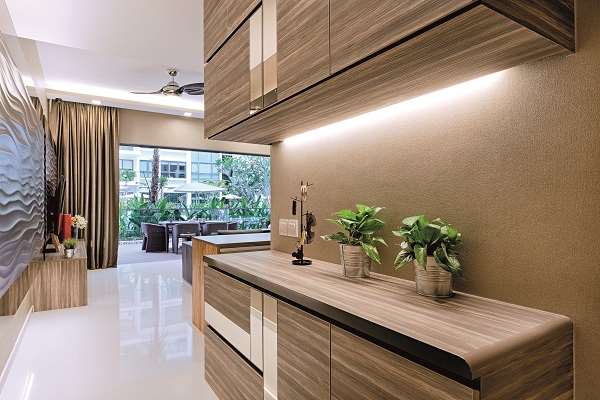




















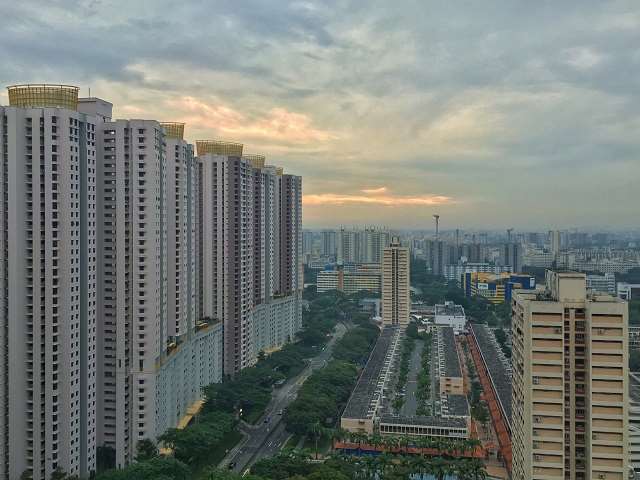


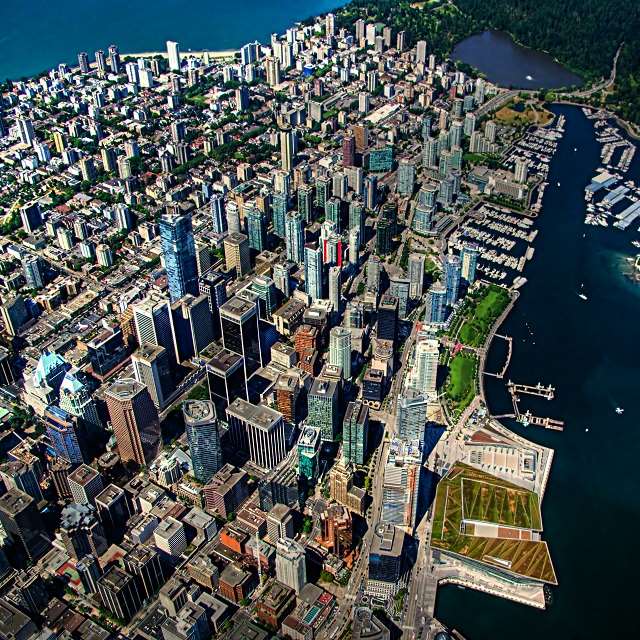







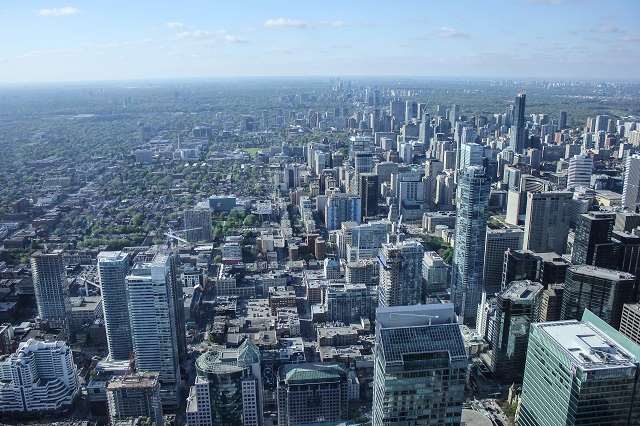







 A rendering of a living room in Oakwood Studios Singapore
A rendering of a living room in Oakwood Studios Singapore











